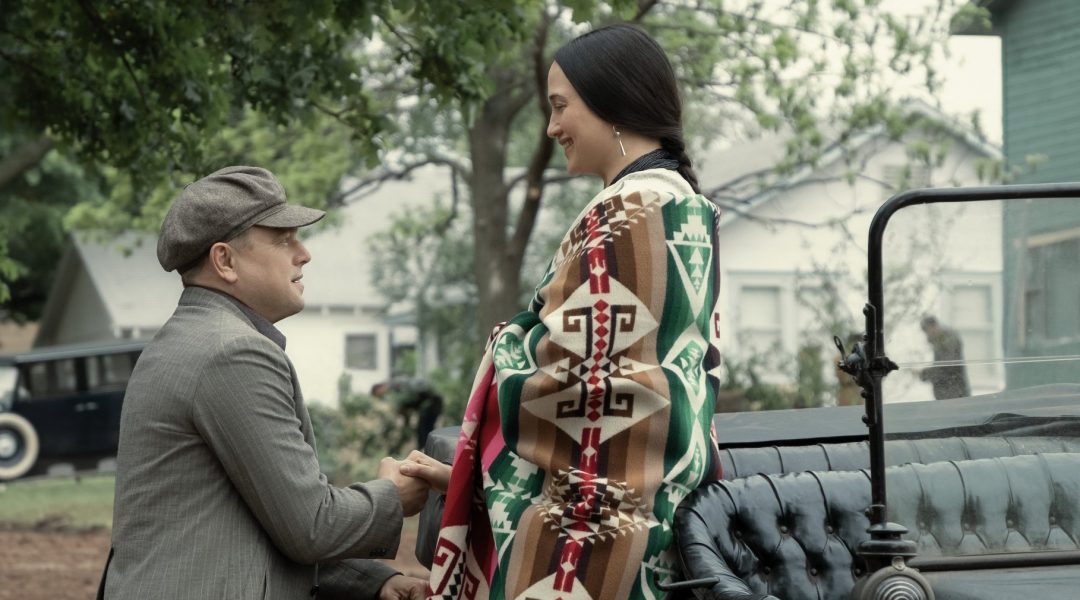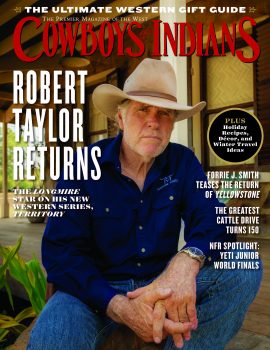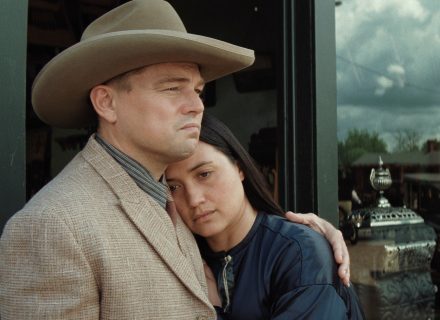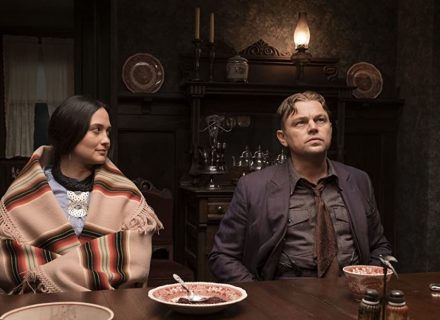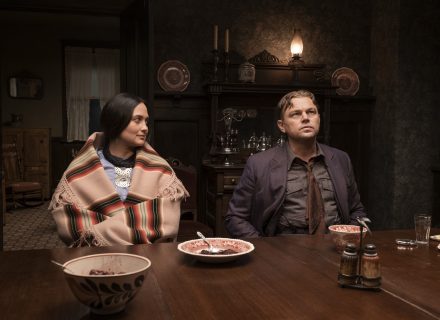Behind the scenes of his film, Martin Scorsese ensured authenticity by seeking out and incorporating the Osage perspective.
Killers of the Flower Moon has been a long time coming, in no small part because Martin Scorsese went to great lengths to make sure his film about the Reign of Terror in Oklahoma’s Osage country during the 1910s to 1930s did justice in every way to the story, the history, and the Osage people.
That meant deep preparation and consultation, from the setting and the language down to every article of clothing. In the spring of 2019, the director began to scout locations in Oklahoma on the Osage reservation with the goal of learning the tribe’s history, culture, and traditions and incorporating the Osage perspective and their advice on getting the story right. A fan of Scorsese’s work, Principal Chief Geoffrey Standing Bear was nonetheless concerned about how the story of the Reign of Terror — in which dozens of Osage who owned valuable mineral “headrights” for newly discovered oil-rich lands were mysteriously murdered — would be approached and how the Osage would be portrayed.
A key to engaging with the community to learn their stories and to hear their concerns was an in-depth meeting between the two men. The connection was immediate. “It was a great two and a half hours,” Chief Standing Bear says in the production notes for the film. “I told him my concerns. I didn’t want the Osage shown as just a bunch of bodies lying around. We were hoping that the history and culture would be accurately represented in his movie. Mr. Scorsese was so respectful in the way he and his people came to us.”
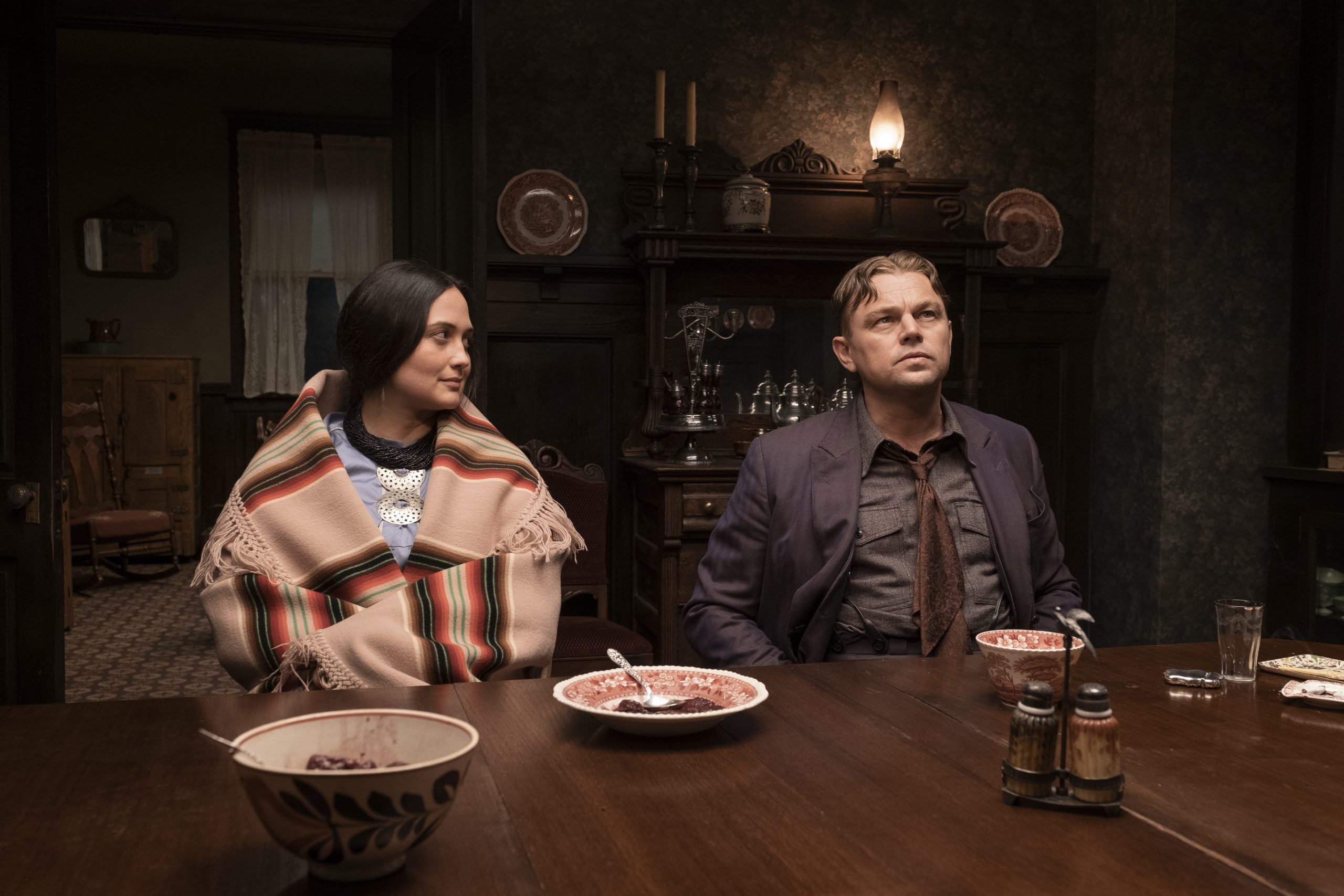 Lily Gladstone and Leonardo DiCaprio as Mollie and Ernest Burkhart in Killers of th Flower Moon.
Lily Gladstone and Leonardo DiCaprio as Mollie and Ernest Burkhart in Killers of th Flower Moon.
As Oklahoma Public Radio’s KOSU reported, Chief Standing Bear felt reassured when Scorsese told him he saw it as “a story about trust and betrayal of that trust.” Standing Bear appointed people within his administration to work with the director, cast, and crew on the language, culture, and customs depicted in the film so it would be accurate.
The director met with people in the community of Grayhorse near Fairfax, where many of the murders took place, and mandated that every Osage role be filled by a Native American. “I take this film as an offering to the Osage people from our hearts,” Scorsese told the Osage Times.
Lily Gladstone — in a much-lauded performance in the role of Mollie Burkhart, opposite Leonardo DiCaprio as her husband, Ernest Burkhart — told Variety that the Osage Nation played an enormous role in shaping the movie from Scorsese’s original plan. “[It] was very refreshing how involved the production got with the [Osage Nation] community,” Gladstone told Variety. “As the community warmed up to our presence, the more the community got involved with the film. It’s a different movie than the one [Scorsese] walked in to make almost entirely because of what the community had to say about how it was being made and what was being portrayed.”
In addition, the production team worked closely with the Oklahoma Film and Music Office (OF+MO) to make sure Osage artisans and craftspeople were represented in many behind-the-scenes departments and that every detail was considered and executed carefully and correctly.
The efforts and collaboration paid off — not just in the lengthy standing ovation at the film’s debut at the Cannes Film Festival and the universally glowing reviews, but, more important, in the consensus from the Osage people, whose story it is and who played an enormous role in ensuring authenticity, that the movie does indeed get it right.
On the official Osage Nation website, you can find the following statement about Killers of the Flower Moon:
“The language you hear is taught by Osage Nation Language Teachers. The traditional Wahzhazhe clothing you see is made by Osage artists. The landscape is the Osage Nation Reservation.
“WE ARE NOT RELICS. The Osage Nation is thriving on our Reservation in Northeast Oklahoma — a people of strength, hope, and passion, honoring the stories of the past and building the world of the future.”
C&I talked with members of the Osage Nation who worked with Scorsese and his Killers of the Flower Moon team about how they strove to make sure the details rang true.
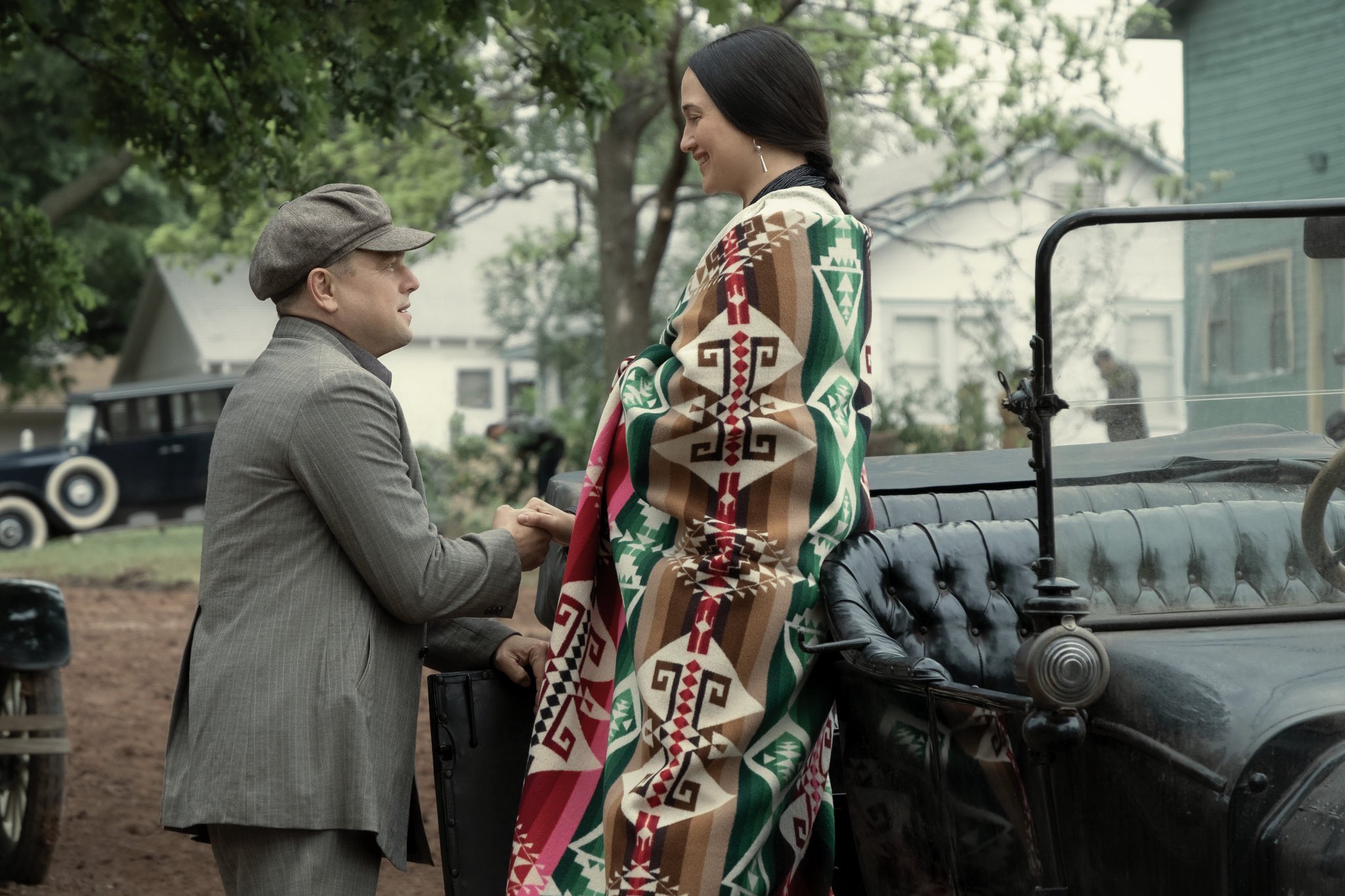 Leonardo DiCaprio and Lily Gladstone in Killers of the Flower Moon. Gladstone and other actors worked with language consultants to learn their lines in the Osage.
Leonardo DiCaprio and Lily Gladstone in Killers of the Flower Moon. Gladstone and other actors worked with language consultants to learn their lines in the Osage.
Julie O’Keefe
Art consultant and product developer, Indigenous cultural consultant for TV and film
My job on the movie was working as the lead Osage wardrobe consultant helping create authenticity with our Osage clothing. Among my duties I reviewed looks for each Osage character, researched looks and made suggestions for certain scenes, replicated certain clothing pieces through a network of Native artisans many of them Osage, and dressed principal actors in costumes on set before each new scene.
I was very impressed by the level of detail taken in each department. It was clear from the beginning that Mr. Scorsese’s intention was to portray our story with the care and respect that it deserves.
The level of commitment from the actors was stunning, with their own research of their characters, immersing themselves in the language and in the culture. The blankets and shawls that we wear can be very intricate in how they are folded and draped in different ways for events that happen in our lives. For instance, an Osage man can wear a blanket four different ways and an Osage woman five ways. In one scene, Mollie [Lily Gladstone] is wearing a traditional black shawl with long fringe while taking care of a sick family member. She wears this signifying the solemn occasion. Lily and I discussed how she would be using her hands as a caregiver. I chose to fold the shawl in a way that would allow her to use her hands to take care of that person.
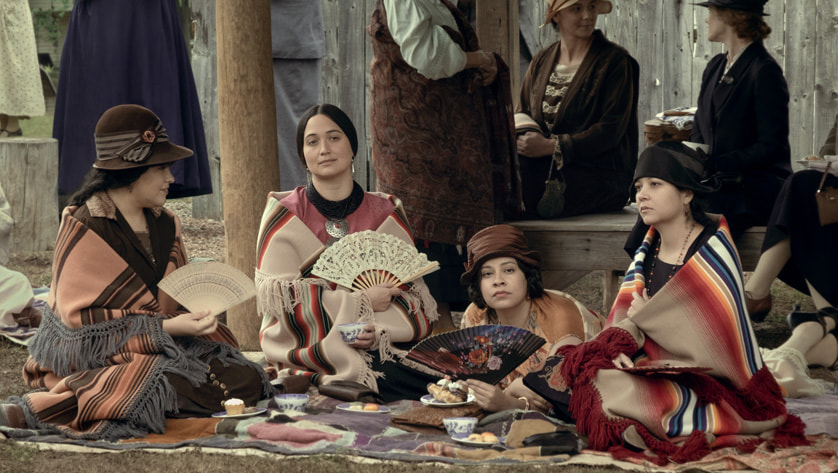 JaNae Collins, Lily Gladstone, Cara Jade Myers, and Jillian Dion in Killers of the Flower Moon.
JaNae Collins, Lily Gladstone, Cara Jade Myers, and Jillian Dion in Killers of the Flower Moon.
Addie Roanhorse
Artist, assistant art director, Osage consultant, actor, founder of Big Rain Gallery
I was appointed by Chief Geoffrey Standing Bear as one of the Osage Nation ambassadors for the film Killers of the Flower Moon. During that time I worked with the location manager, Mike Fantasia. While out on a location scout, I was introduced to the production designer, and within minutes I was offered a job to assist the P.D. in the art department. As production grew to over 800 cast and crew, principal photography began, and my role morphed into a more-encompassing job as Osage consultant and assistant art director. My first live set was a proud moment — I was shoulder to shoulder with the best in the industry, and we had designed and built these amazing sets from concept drawing on up. I was able to help aid in active sets where the posturing of the Osage needed to be natural and not like a setup of what they assumed were their natural movements and responses.
Working as an artist, my background in textiles and graphic design was an advantage. I had never worked on a film before but quickly realized this was an environment I could thrive in. When I first read the script, I could visualize the sets, locations, and costumes that would bring our culture to life. I was available to assist the production designer with research, set design, cultural customs, props, construction, and costumes. As a direct descendant of [one of the murder victims of the Reign of Terror] Henry Roan, I have grown up knowing this story my entire life, and I have incorporated the Reign of Terror as a subject matter in my own art.
The amount of time and consideration that went into every scene was careful and thorough throughout. The team Marty [Scorsese] surrounded himself with, Jacqueline West for costumes and Marianne Bower for historical accuracy, really raised my admiration for him. His respect for my Osage family and telling our story is something I will always cherish. Being involved in this film has altered the trajectory of my career in ways that I could not have imagined.
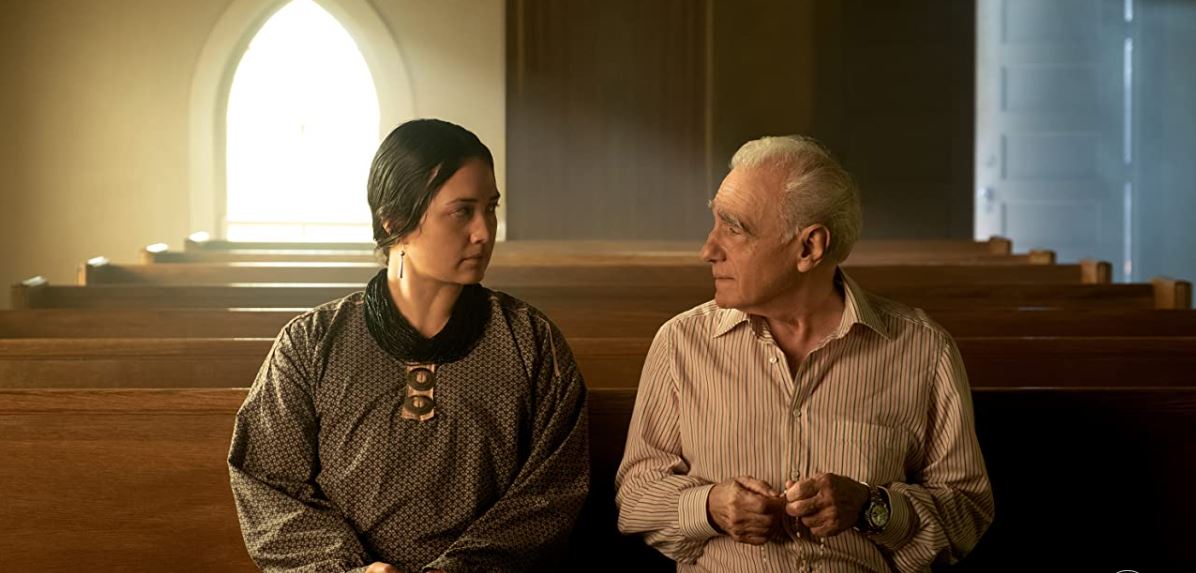 Lily Gladstone with director Martin Scorsese. "She had a very sharp sense of her own presence before the camera and an extremely unusual trust in simplicity," Scorsese was quoted in Vulture. "That's a rare thing. You can't take your eyes off her."
Lily Gladstone with director Martin Scorsese. "She had a very sharp sense of her own presence before the camera and an extremely unusual trust in simplicity," Scorsese was quoted in Vulture. "That's a rare thing. You can't take your eyes off her."
Braxton Redeagle
Director, Osage Nation language department
I worked with a small team to help translate various scenes into the Osage language. The team consisted of our principal teacher, Janis Carpenter, and one of our language teachers, Christopher Cote. We provided the actors with phonetic spelling of the lines as well as audio recordings. We also provided individualized language lessons for the actors to practice delivering their lines with us. Carpenter and Cote provided on-set language direction during filming. Carpenter worked on the postproduction subtitling and final edits. I also assisted with various tasks along the way.
The whole process of working through the stages of production gave me an appreciation for how much goes into making so many moving pieces fit together for a finished film. I particularly enjoyed giving the language lessons. Scott Shepherd [in the role of Bryan Burkhart] readily absorbed the language and incorporated it into his character. It was apparent that he has a knack for language learning and is a fine actor.
It was incredible to see the language in use in such an elaborately created historical setting. The dialogue really came to life in so many ways that hit all ranges of emotions. I am grateful we had the opportunity to help bring the language to life on such a grand stage.
Overall, I think Mr. Scorsese and his team approached the film in the best way possible. They met with the community and various leaders beforehand, they cast many Osage people throughout the film, and they sought the help of Osage people for language and cultural knowledge. There was an intentional effort to make this film in a way that Osage people would appreciate.
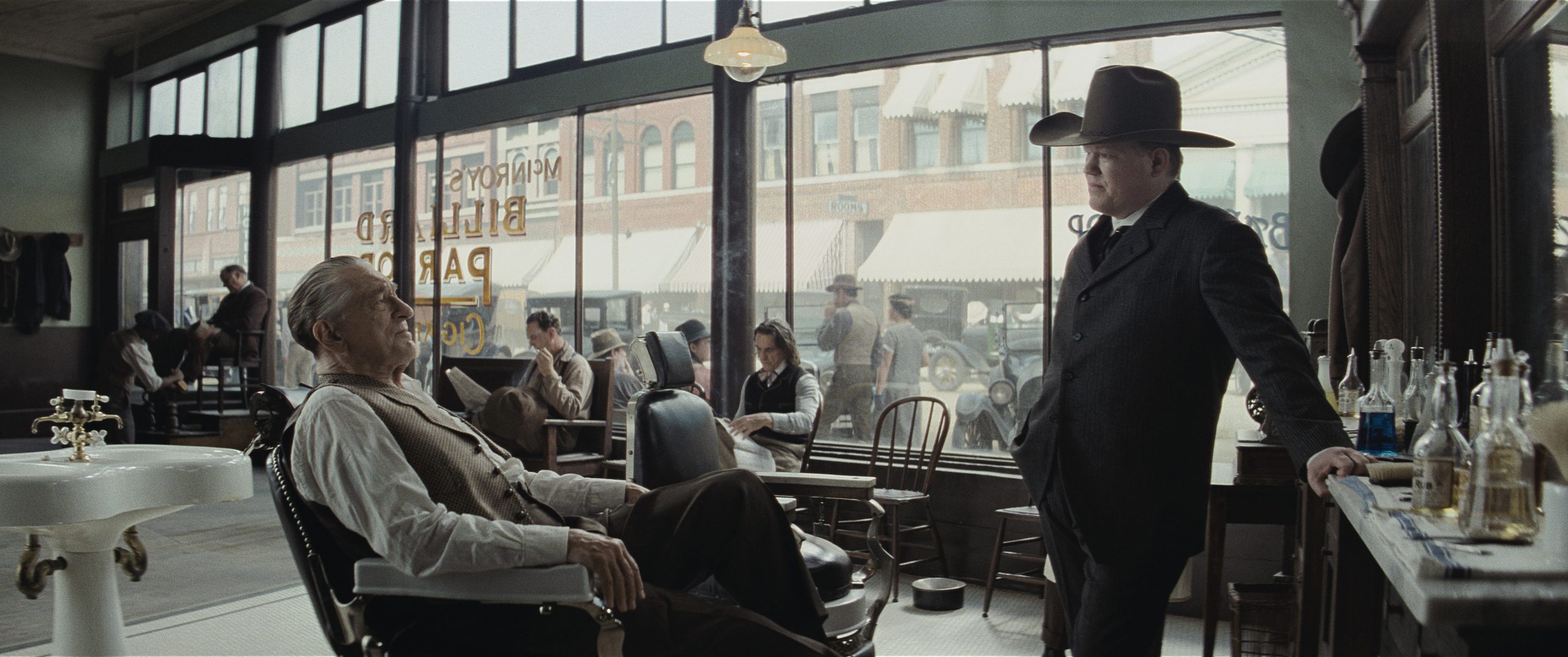 Robert De Niro plays William Hale in Killers of the Flower Moon.
Robert De Niro plays William Hale in Killers of the Flower Moon.
On Learning The Osage Language
Lily Gladstone (Blackfeet, Nimíipuu) stars in Killers of the Flower Moon as Mollie Burkhart, one of four sisters. Tantoo Cardinal (Cree, Métis, Dene, and Nakota) plays Lizzie Q, the mother to Mollie and her sisters, played by Janet Collins (Dakota, Crow) as Rita, Jillian Dion (Plains Cree, Métis) as Minnie, and Cara Jade Myers (Wichita) as Anna helping to create the heart of the story. Although all of these actresses are Native American, none spoke Osage. For their roles, they learned the Osage language and speak it throughout the film.
Myers, who plays free-spirited sister Anna, explains that she is "a bit dyslexic, and it was hard for me to learn to say the same words over and over in 90-minute language sessions. By the end of each session my jaw and mouth would be sore because I wasn't used to making those sounds. I think that I was the one who struggled with the language the most. I wish that I could have retained more of the phrases, but I did manage to remember some key words."
Janis Carpenter
Principal teacher Osage Nation language department, KOTFM Osage language consultant
As an Osage language consultant, I translated dialogue from English to Osage, putting it in Osage orthography and phonetics. Osage lines were recorded, and Zoom meetings were held to practice language with the actors. On set it was very interesting to see the actors transform into their Killers of the Flower Moon characters and hear them speaking Osage language so well.
I worked with the actors (mostly the women) who spoke Osage in the film and was impressed by their dedication to learning our language. Lily [Gladstone, in the role of Mollie Burkhart] was always so well-prepared and actually learned the Osage orthography. All the actors were very positive in their approach to learning Osage language.
The story of Killers of the Flower Moon is from a terrible time in Osage history. Mr. Scorsese found a way to tell the story and represent Osage traditions, clothing, settings, and language which honored the Osage people past and present.
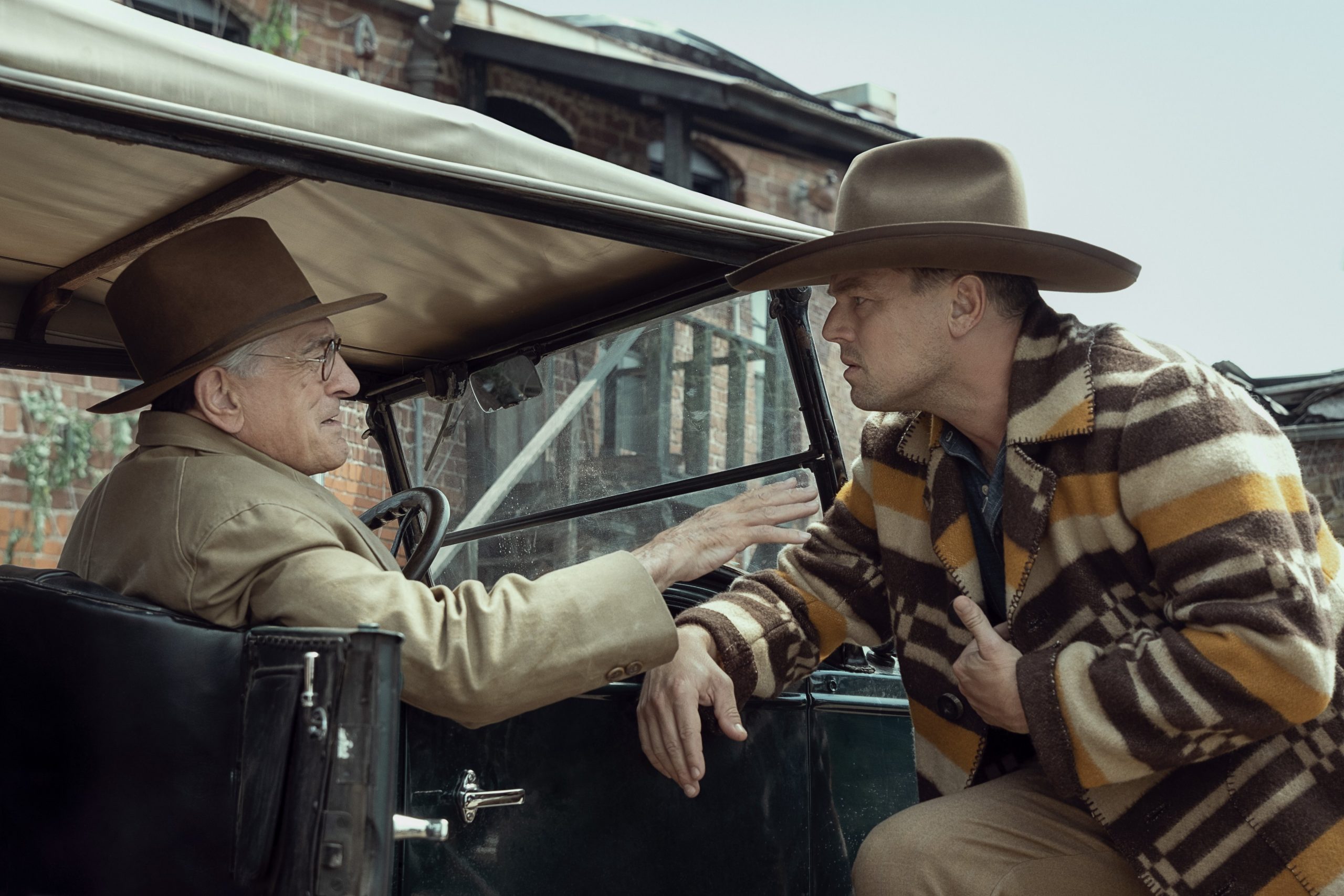 William Hale, played by Robert De Niro, speaks with Ernest Burkhart, played by Leonardo DiCaprio, in Killers of the Flower Moon.
William Hale, played by Robert De Niro, speaks with Ernest Burkhart, played by Leonardo DiCaprio, in Killers of the Flower Moon.
Christopher Cote
Language teacher and language consultant, Osage Nation language department
I felt our role as language consultants was imperative to the completion of this film. Our involvement added an Osage characteristic that was necessary to capture our likeness.
I was a language consultant and translator for the production of the film, and I had a great time working with the actors on set. They took the task of learning their lines in the Osage language seriously. I had the privilege to work with Robert De Niro, Leonardo DiCaprio, Cara Jade Myers, and Lily Gladstone. They were very dedicated to learning the Osage language. It wasn’t uncommon for Mr. De Niro to call me once or twice a day. We worked every day up to the time he shot his scene. He did a fantastic job. Before I ever had a line to translate, I worked with Lily Gladstone just teaching her the Osage language. She dedicated herself to learning the language and did a marvelous job.
I feel the film has done a good job at capturing the Osage people at that time. The events that took place were horrific, and this film sheds light on these events. My hope is that in this whole process my people might find some closure — and for non-Osages as well. I hope in the future something like this would never happen again.
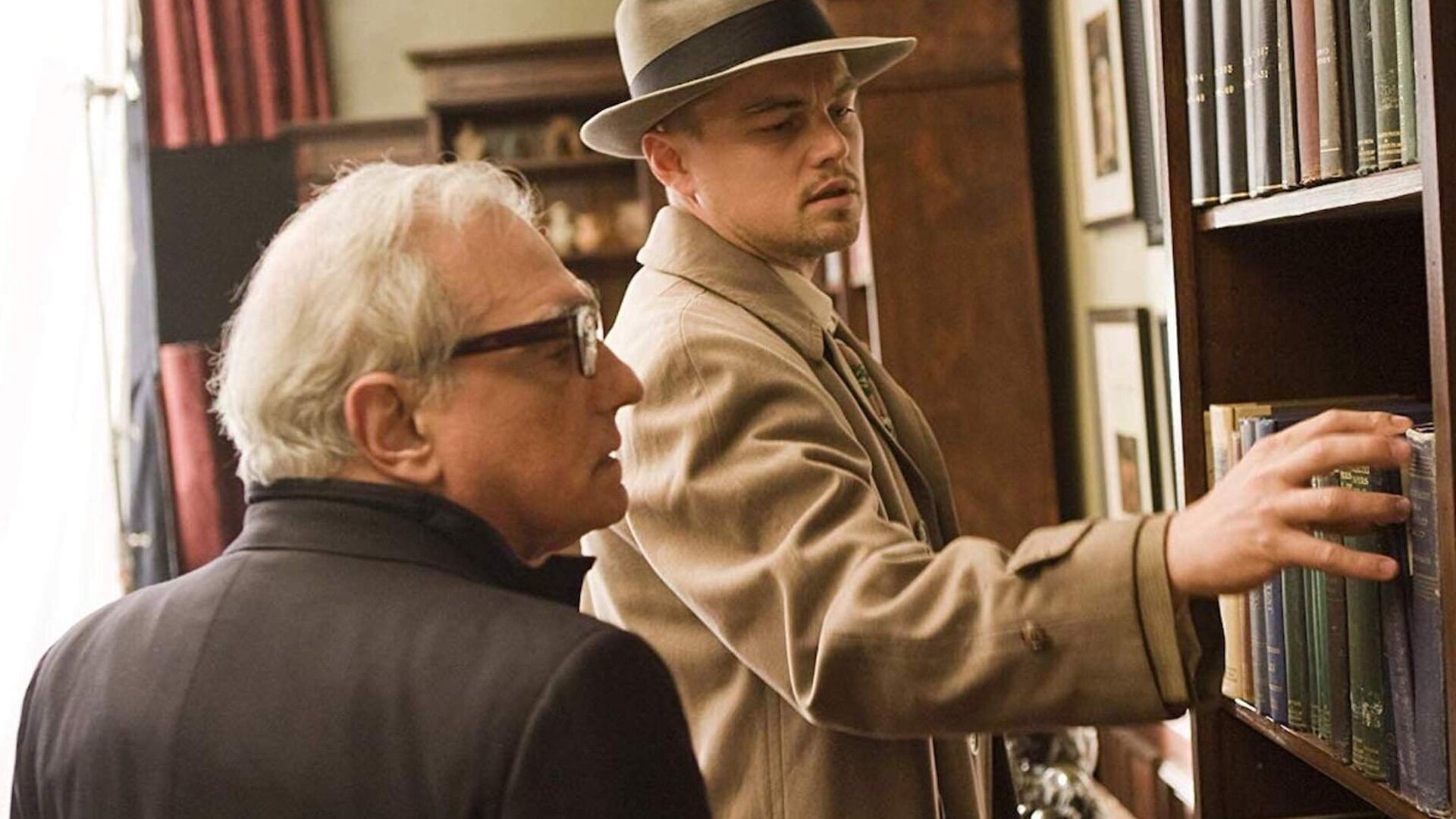 Director Martin Scorsese instructing Leonardo DiCaprio during the production of Killers of the Flower Moon.
Director Martin Scorsese instructing Leonardo DiCaprio during the production of Killers of the Flower Moon.
About Grayhorse
The Osage Indian ceremonial town of Grayhorse (also Gray Horse, Greyhorse) is located in Osage County (the former Osage Indian Reservation), near Pawhuska. The small community played a big role in the history of the era portrayed in the film and the book. The Osage are divided into the Pawhuska, Hominy, and Grayhorse districts. When Killers of the Flower Moon author David Grann visited, the Grayhorse people did not tell their story. However, when Martin Scorsese and the film crew arrived, the Grayhorse people called a meeting and spoke of their own Reign of Terror. That horror will be part of the three-and-a-half-hour movie, which goes some way to commemorating the role of Grayhorse and the astounding number of people permanently resting in the Grayhorse and Fairfax cemeteries.
This article appears in our November/December 2023.
Images courtesy of Apple TV.






